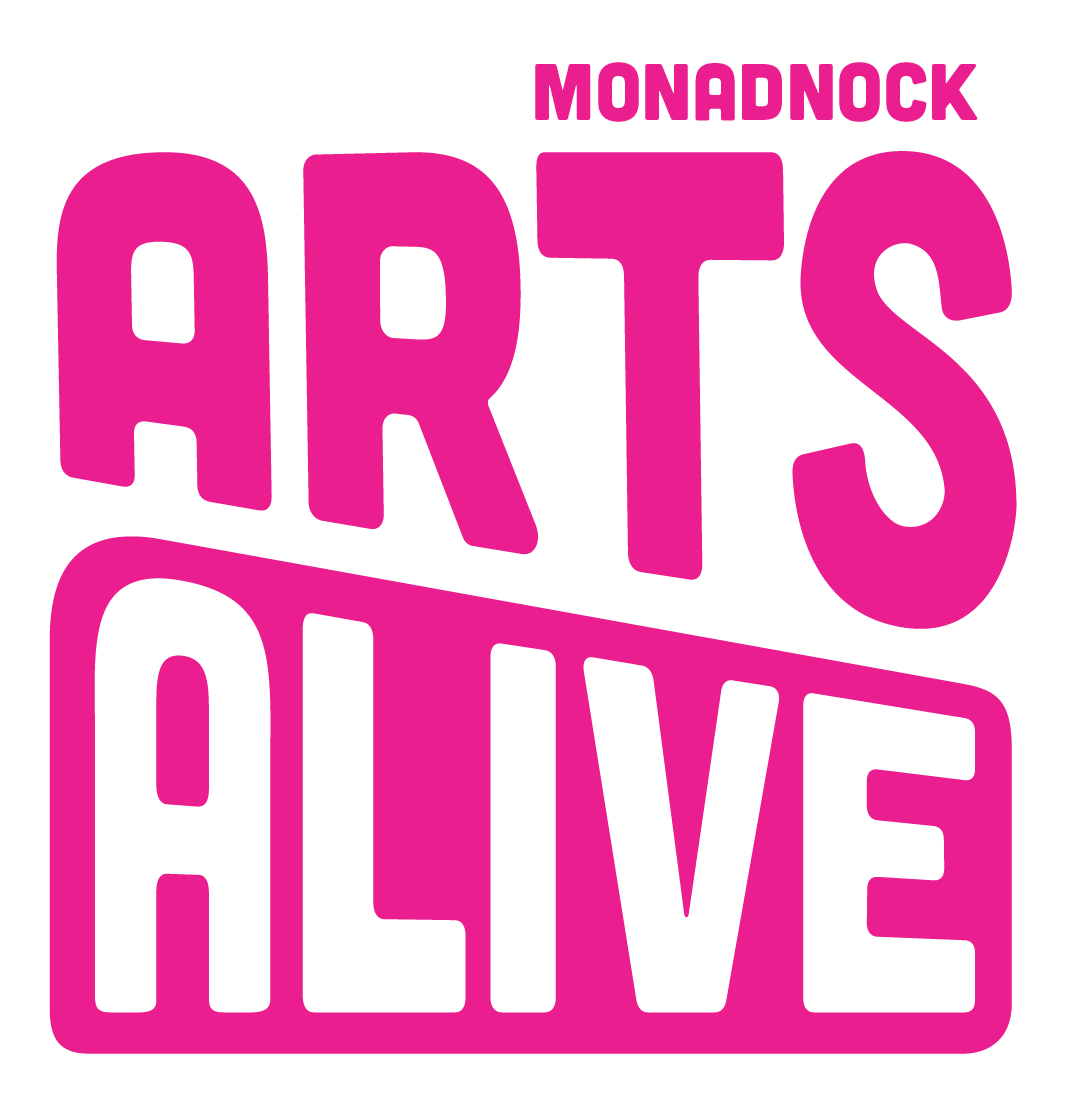In the era of Modern Art it was presumed that Art could and should speak for itself, or critics would speak for it and for the artists. Artists did not need to get involved or explain their work. But time, art, and audiences change. In the post-modernist era, we see audiences wanting to understand the work, wanting to connect with the maker, craving the stories and motivations that brought the art into being.
An artist statement is a alternative way to communicate about your art to people who are not visual, or trained makers themselves. It is a way to translate the visual into the verbal. And it is a way to talk about yourself.
The Basics
An artist statement is a 500-or-so word statement that introduces the artist and his or her work. Artist statements can be used in applications for exhibits, grants, residencies, advanced degrees, and also on websites, at exhibits, and for publicity.
Know your audience
It is important to craft your language to your reader. A statement for a local exhibit might use less technical wording, and fewer references to artists and work that is less than popular. A statement for an application should be tailored to an educated, and aware audience. Language about theory and philosophy of contemporary makers and movements will be more appropriate for this audience.
Tell your story
From technique to motivation to message, the reader wants to know how your art came into being. How did you make it? Who inspires you? What life experiences feed your art? Why did you make it? What do you hope to share through its existence?
Use your own words
The most important advice is to write it in your own words and make it personal. That doesn’t mean you have to reach into your bag of arts metaphor cliches and get “touchy-feely,” but you do have to find words for that bit of yourself that you put into your art.
It is a challenge to go from visual or kinesthetic expression to verbal. Here’s a bit of advice from Rosemarie, she calls the Interview Technique:
A great and easy way to vein an artist’s statement is to be interviewed by a friend and tape the interview. Even to talk over coffee or a beer will help you to talk in our own words with honesty and directness You can tape it and transcribe the conversation, or have your friend take notes, and pick out the good stuff, all in your own words, all honest, all direct!
Don’ts - What not to put into your statement:
The first is, don’t say what the viewer will feel or think. You can say what change you want it to or hope it will inspire. You can say what you would like the viewer to feel. But an artist cannot control what people think or feel. It may seem obvious, but it is a trap many fall into.
The second is, don’t brag about your resume or experience. Acknowledge the good as part of your story, but saying you’ve won 50 awards or exhibited at 100 galleries, or had residencies every year of your artistic life does nothing for your story, unless you put it in context.
Submit your artist profile to the New England Foundation for the Arts database here: www.creativeground.org/user
And to the Arts Alive! Monadnock Arts Database here: www.monadnockartsalive.org/artist-database
This program was presented by Rosemarie Bernardi during The Artist to Artist program organized by The Hannah Grimes Center and Arts Alive! to foster a strong creative economy in the Monadnock Region. The event was sponsored by C & S Wholesale Grocers.
